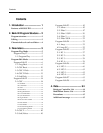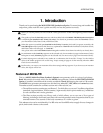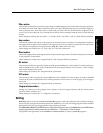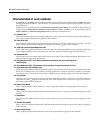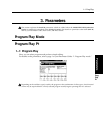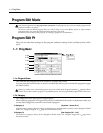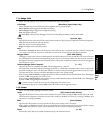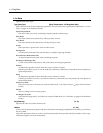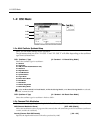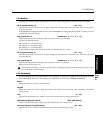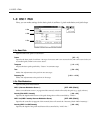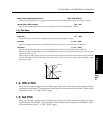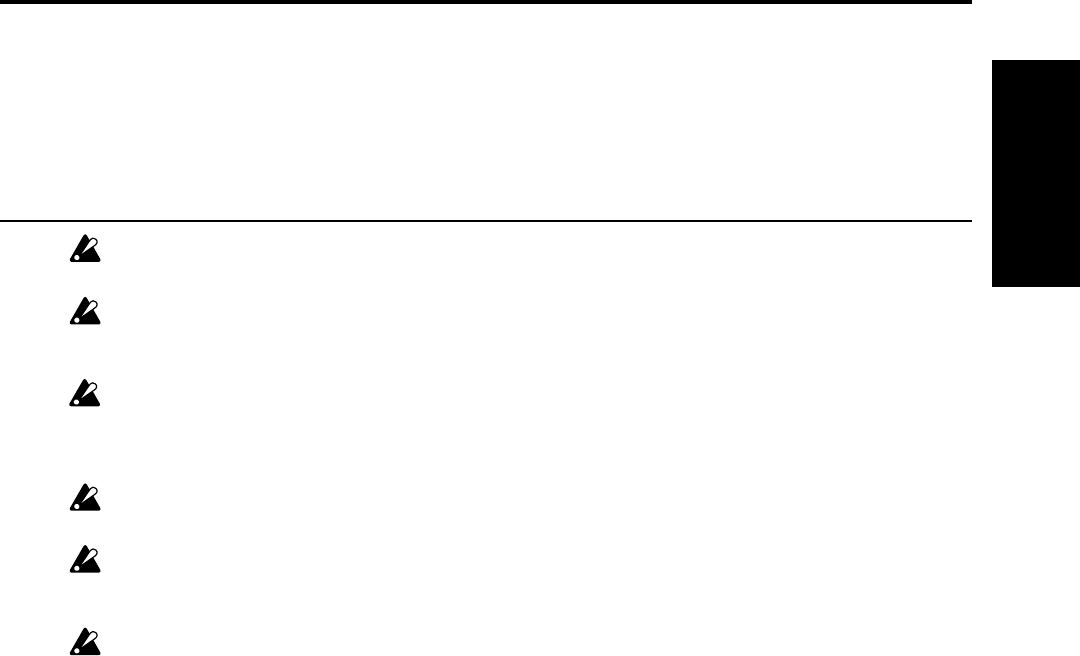
1. Introduction
Thank you for purchasing the MOSS-TRI DSP Synthesizer Option. To ensure long and trouble-free
enjoyment, please read this user’s guide carefully and use the product correctly.
Before you use this product, be sure to read the “Safety precautions” found at the beginning of the Parameter
Guide.
This guide explains the bank M parameters which are added when the MOSS-TRI DSP Synthesizer Option
is installed (pre-installed in the Trinity V3 series). For details on parameters other than bank M, refer to
your Parameter Guide, Basic Guide, and Effect Guide.
When this option is installed (pre-installed in the Trinity V3 series), the bank S programs created by the
Solo-TRI option will become invalid. However, explanations of bank S in the Parameter Guide, Basic Guide,
and Effect Guide will still apply to “bank M”.
Also, please refer to the Voice Name List for V3 together with the Voice Name List which you already have.
In combination mode, bank M programs can be selected only for one timbre (
☞
page 4 in Parameter Guide).
In Sequencer mode, bank M programs can be selected only for one track (
☞
page 72 in Parameter Guide).
If a bank M program is selected for any timbre in a combination, the D-mod Src “Tempo” for the AMS or
effect of the timbre program will use the Prog. Tempo setting (
☞
page 61 of this manual) (when the MIDI
Clock Source is Internal).
In all modes, you must use an insertion effect when using bank M programs. If you do not use an insertion
effect, the output will be low.
Features of MOSS-TRI
This is a MOSS (Multi-Oscillator Synthesis System) tone generator with six voices of polyphony.
Bank M contains 64 sounds which use the MOSS tone generator. When the PBS-TRI Flash ROM
Option is installed, an additional 64 sounds are added to bank M, bringing the total to 128 sounds.
The MOSS tone generator parameters are divided into voice, EG, LFO, effect and control sections.
The voice section contains an oscillator section and a filter section, etc.
• The oscillator section contains two oscillators (1, 2) which allow you to use 13 oscillator algorithms
(standard, ring modulation, VPM, resonance, organ model, electric piano model etc.), in addition
to a sub oscillator and a noise generator.
• The filter section provides two filters, each of which allows you to use one of five types of
filtering, including a dual-band pass filter with two independent center frequencies that let you
simulate human voice sounds or the body resonances of a violin or guitar.
This voice section can be modulated by five EG units and four LFO units to apply diverse changes in
pitch, timbre and volume to the sound.
INTRODUCTION
Introduction




